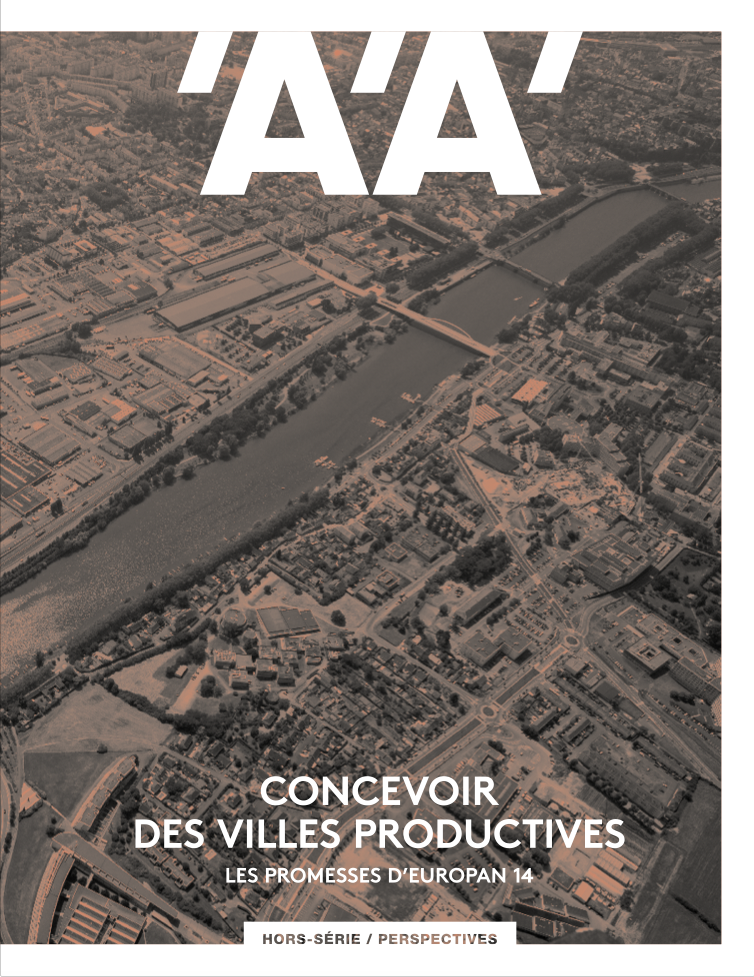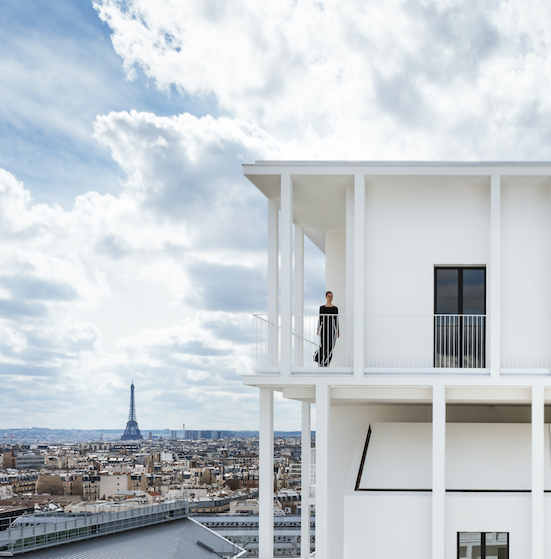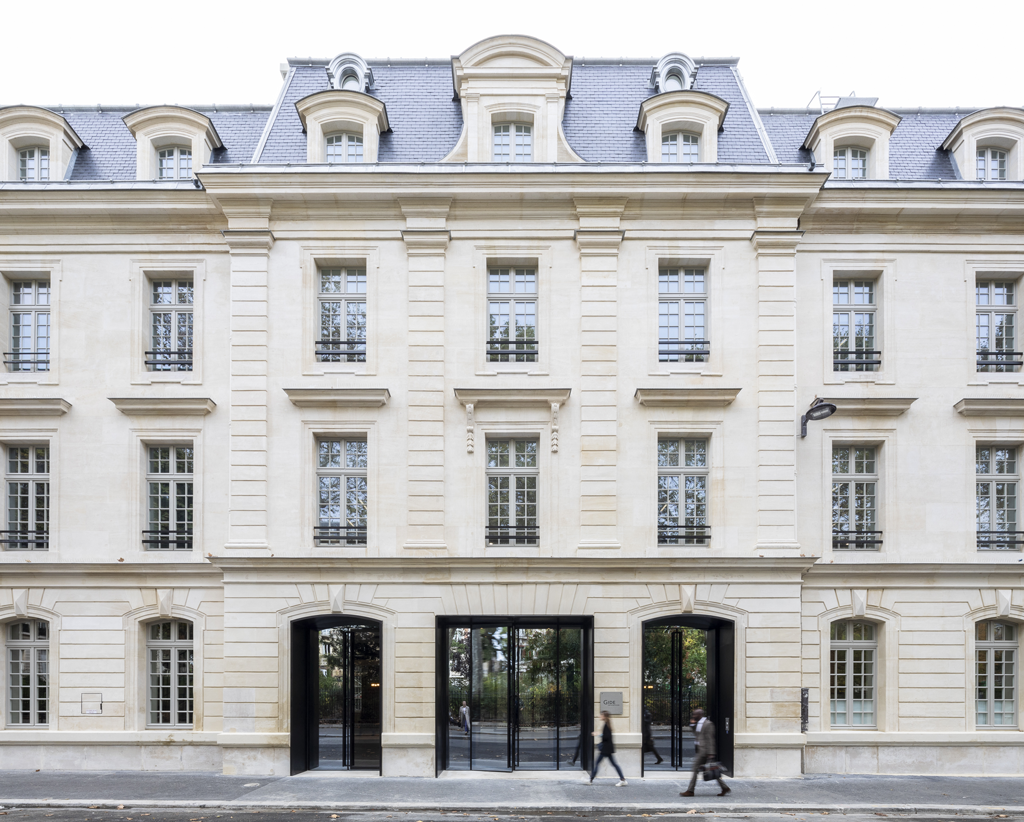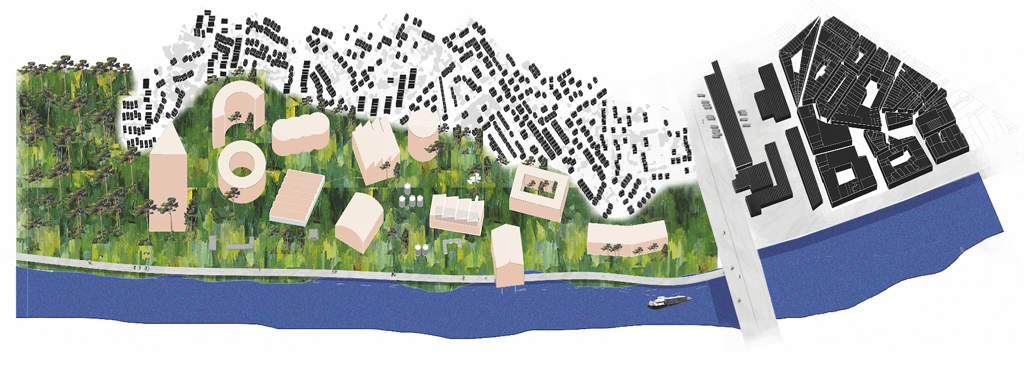
Europan14: Designing productive cities
Since 1988, the Europan competition has been launched simultaneously in different European countries, inviting participants to develop a common subject drawn from urban situations proposed by various European cities. An architectural and urban ideas competition, sometimes followed by some projects completions, Europan is a contest for young architects, urban and landscape designers from all over Europe.
In December 2018, L’Architecture d’Aujourd’hui released an “AA Perspectives” special issue devoted to the 14th edition of this competition which dealt with the theme “Productive Cities”. Find below the foreword of this special edition, signed by French sociologist Jean-Louis Violeau, who looks back at 30 years of the European competition.
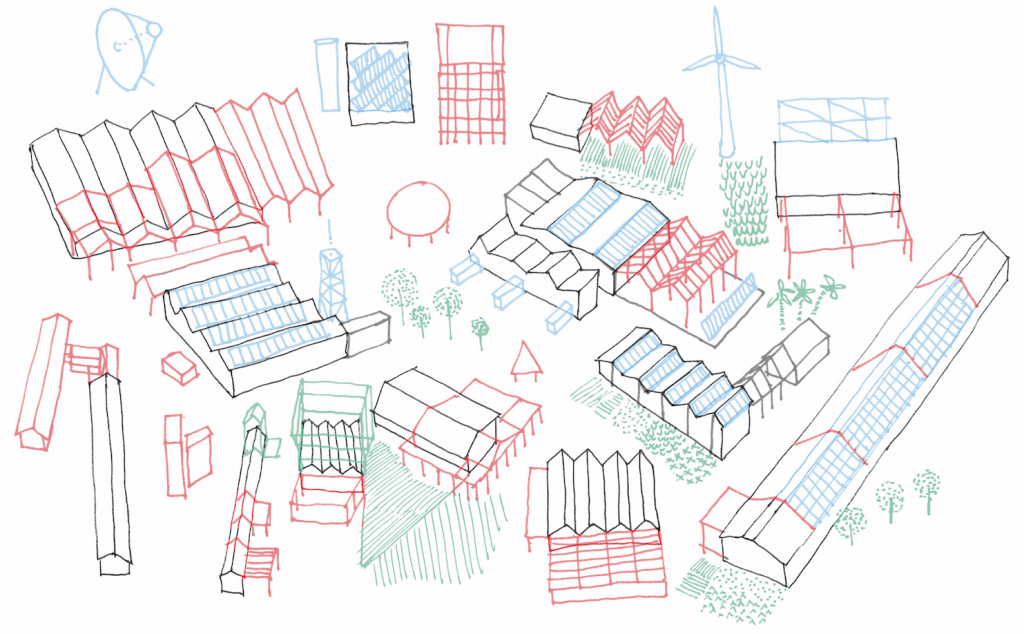
—
In the aftermath of 1968, when the government found itself short of ways to evaluate and guarantee the quality of the architects it employed, it set up a series of competitions and promotional processes. Among these was the PAN, the Programme Architecture Nouvelle (1972), Europan’s ancestor, which quickly went on to replace the Prix de Rome. The name of the game meant to rally the troops was: from ideas to realisation. It was too good for architects to resist and they all gave into it, from Jean Nouvel to Christian de Portzamparc, not forgetting Henri Ciriani and Roland Castro.
Past this phase of reconstruction, the year 1989 marked the time when the competition was opened to European applicants; it’s easy to understand how, with walls and boundaries disappearing, it moved with the times. Thirty years later, where are we? Since the time of Nicolas Michelin, Jean-Patrice Calori, Pierre Gautier and Tania Concko, Nicole Garo and Marc Boixel, Catherine Rannou and Isabelle Devin, Béal & Blanckaert, Lanoire & Courrian, Philippon & Kalt, Pietro Cremonini, François Defrain, Armand Nouvet, Gilles Delalex, TVK, DLW, to name but a few, generation after generation of architects have piled up, very much forming a solid list of names. A Europan ‘school’ is in evidence. Europan, remains more than ever a passport, a guide and a label, in short, a guarantee of quality that is recognised by the State and local authorities.
Intellectual, Parisian, European
Strictly speaking, there is no specific Europan laureate ‘type’. On the other hand, it is determined by experiences, lives or rather career paths with their continuous, key elements, their points of rupture and their bifurcations. In our 2008 appraisal of the first 20 years of the competition, on average the laureates were barely 30 when they obtained their first commission. The middle of this period, from 1999 to 2001, was marked by very intense activity. In general, architecture offices were set up in the wake of this.
Most of these architects had been through Paris schools first, including work experience abroad, preferably in Europe. ‘The European adventure’ then took on a very real meaning for them – between the Berlin Wall and the Maastricht referendum. A meaning probably made more tangible, more immediately perceptible, noticeable and concrete than it ever would be thereafter, session after session.
At the time of our survey, two thirds of the architects were already teaching. If one wanted to draw the main features characterising this diverse, not to say disparate group, this is probably a good place to start: with the link between practice, teaching, writing and theory; the junction between knowledge, know-how, thinking and project; and the ever-relevant element of teaching as ‘second profession’.
Moving into action?
Being a PAN laureate in the 1970s and 1980s meant a sure commission; not always on the site presented for the competition itself, but somewhere at any rate. For instance, a social housing project of decent size, say between 20 and 30 apartments, in partnership with one of the numerous social housing authorities or landlords, part of the ‘club’ of clients who were partners of the competition under the auspices of the Ministry of Culture. Once decentralisation was implemented, this link became more tenuous with each new session, but thanks to its multinational character, Europan was able to up its game. Even if we were very far from the now common phenomenon of sales prior to completion of construction, you could see that, from top (nationally) to ground (locally), housing authorities gradually distanced themselves.
Sustained by the first sessions alone, the link that connected the competition with construction is very tenuous today. You only need to examine the particularly combative career path which Atelier Georges has been on over the past few years: Europan 11 laureate in 2011, with Laetitia Lafont, for the 105-hectare site of the future urban development zone south of Savenay train station – a railway junction situated at the mouth of the Loire estuary and across the Sillon de Bretagne – the post-university collective set up his practice straight after winning the award, and set off on the painful ascending path of consultations. Braving delay after delay for many and various reasons, Atelier George didn’t give up and ran a series of public consultations instead, faithfully reported in the local press. They were indeed commissioned to manage an urban project (in fact, the commission was given to Laetitia Lafont, in partnership with Atelier Georges), but the risk of flooding might eventually sink ‘Savenay II’. Reassuringly however, it’s worth noting that, 150 years after the station was built, in 1857, the south-side access has now been opened; the SNCF (French national railway company) having taken nearly two years to extend its underground tunnel. Where there’s a will, there’s a way.

Not easily discouraged, Atelier Georges went on to submit a new project for the 12th session of the competition, closer to home this time – they had settled in Paris’ 20th arrondissement – right on the Saclay site. Bingo: in 2013, they won again. Meanwhile, Laetitia Laffont had moved away from Atelier Georges’ partners Thibault Barbier, Aurélien Delchet, Mathieu Delorme, Thomas Nouailler and Yvan Okotnikoff. Most of them had either studied or worked in organisations that had strong ties with the Europan ‘network’, from the Obras office (1994 laureates Marc Bigarnet and Frédéric Bonnet) to the DSA urban planners and architects of the ENSA (École Nationale Supérieure d’Architecture) of Paris-Belleville and the ENSAVT of Marne-la-Vallée. Having been in such good hands, they duly noted that nowadays, “the city goes well beyond the scope envisaged by its designers”, in order to define “the campus-city as a framework for constant negotiations” – “since everything is created by the many”, “since nothing is certain”, “since nothing is exclusively human”.
Laureate of the French Young Urban Planners Award in 2014, the collective now presents itself as a “multi-disciplinary platform of exchange around the building of cities and the wider area”. While on a roll, they submitted their third proposal to Europan 13 – with tremendous success: their OUvroir de LIeux POtentielssaw them stand out again, and being commended, at the end of 2015 in Montreuil (nearer their office still) – an obvious location since it’s in Montreuil that “initiatives proliferate and the city is being built collectively”. Atelier Georges has been re-investing this experience of the collective in other parts of the country, for example in Nantes (where they took their first ‘solo’ steps) with the residential conversion of the vast site (1,700 flats announced) that housed the former Mellinet barracks, right in the centre of town. Together with their experienced elders, the Treuttel brothers of Atelier TGTFP (themselves PAN 11 laureate in 1979, for the renovation of villas in Gagny) and Stéphane Pourrier, Atelier Georges ran the consulting phase with the Bellastock collective, and project-managed the new district’s public spaces.
Taking into account that several members of Atelier Georges, either regular or permanent, had already individually taken part in Eupopan’s 9th and 10th sessions, a Europan ‘school’ is in evidence. Indeed, although it may no longer give direct access to project management Europan remains perhaps more than ever a passport, a guide and a label, something like a potential ‘opener’, in short, a guarantee of quality that is (always) recognised by the State and local authorities. It is, to use German sociologist Axel Honneth’s concept, a form of recognition, where the practical connexion with oneself is constructed through the connexion to others: to win this award enables the laureate to build up a network, in other words to make themselves known. Today, each HMOnp architect knows that he/she is required to do this if they want to make a name for themselves one day. This competition therefore remains a catalyst for architects’ careers; but one that reflects society as a whole, the latter no longer being as clearly delineated as it was for our predecessors. To echo the theme of the 12th edition – the adaptable city – well, the young generation will adapt!
—
Jean Louis Violeau
This “AA Perspectives” special issue is available in bookshops and on our online store.
